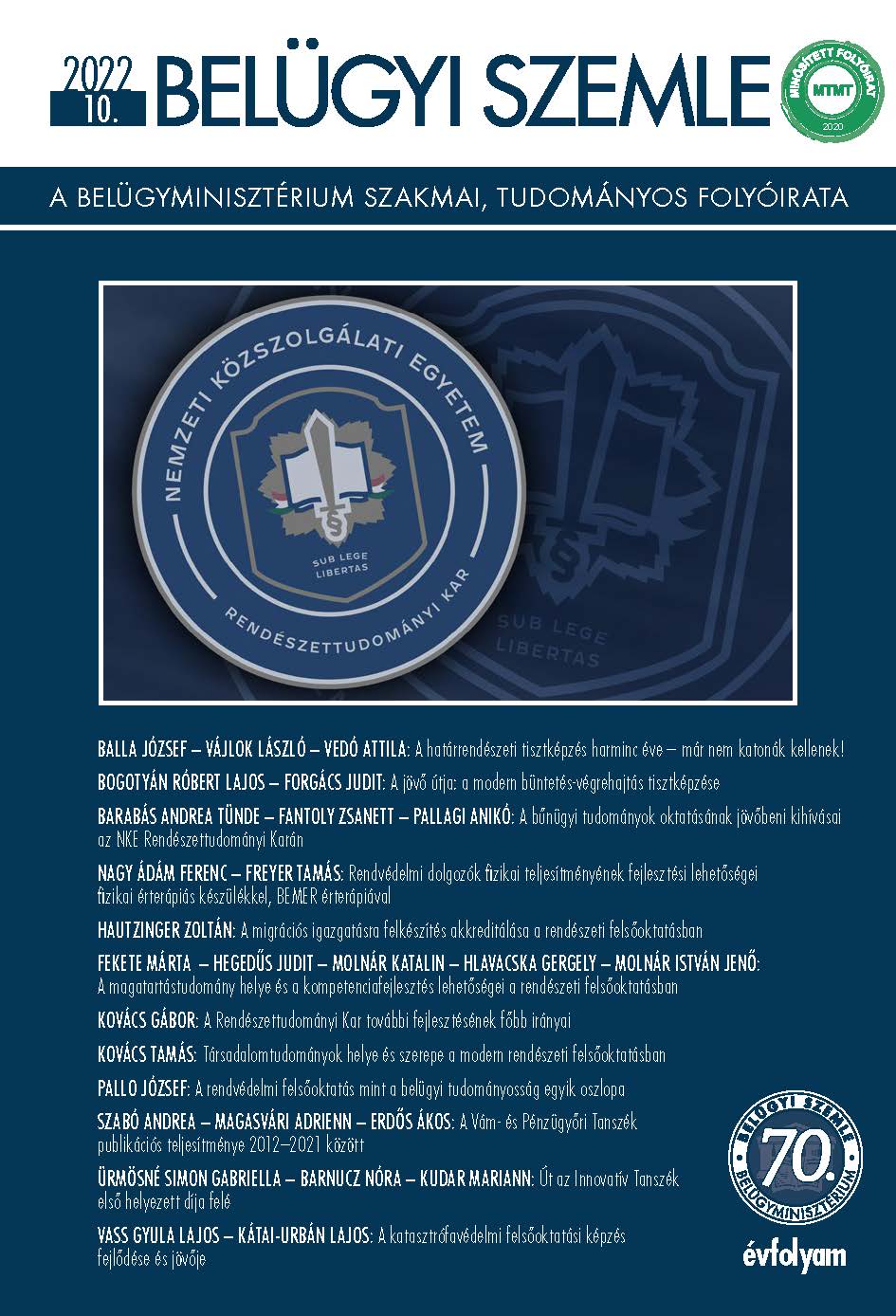Abstract
Aim: In 2021, the Department of Foreign Languages for Specific Purposes was awarded 1st place for the Innovative Department, initiated by the Creative Learning Programme. The paper describes the path to a successful application, namely the stages of a multi-year work process. The sharing of this workflow can be useful for other institutions in terms of how to be more innovative, self-learning and constantly innovating. As an axiom, it can be stated that it is impossible to innovate without workshops, tenders, collaboration, research, science organisation, curriculum development, mentoring and internationalisation.
Methodology: In the tender, two researches were involved, namely the 1st place awarded tender of the BTT and the 3rd place awarded tender of the Scientific Council for Disaster Management. In the first research, we investigated the usefulness of education supported by internet platforms and the validation of digital competence. The second hybrid research was conducted to investigate how students and lecturers experienced online education at the Faculty.
Findings: Using the principles of Computer-Assisted- and Mobile Assisted Language Learning, we introduced both computer and mobile applications, which enabled students to experience a competitive spirit, high motivation, experiential pedagogy and a constructive learning environment. It is also important to adapt to the professional competences and labour market expectations in target languages (interrogation, vehicle inspection) and to think in terms of specialised branching.
Value: In terms of results, the study summarises the set of criteria that can be used to assess the innovative nature of a Department’s activities and its perception. The positive results present an exemplary model that can, if required, be a model for other institutions to follow.

